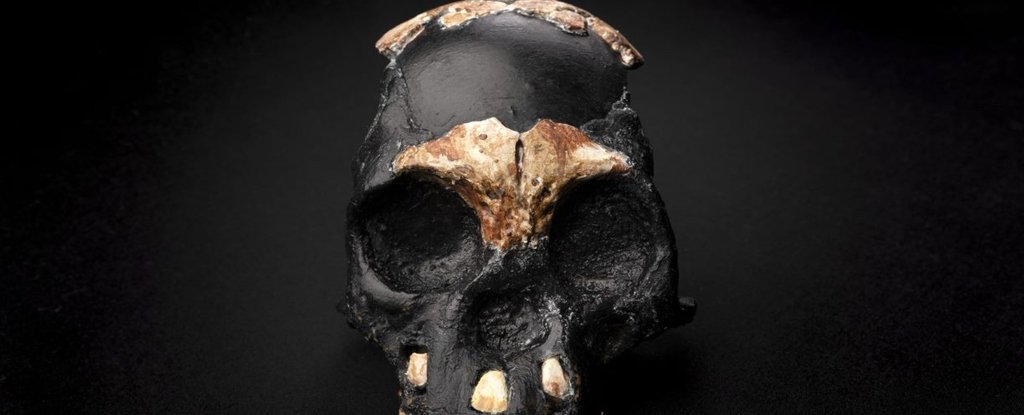Evidence continues to mount against the interpretation of a cave filled with ancient hominid bones as a sacred burial ground, one used long before modern humans were burying their own dead.
The Rising Star Cave system in South Africa contains the remains of an unusually high number of individuals of the hominid species Homo naledi that lived around 300,000 years ago, and their peculiar deposition has continued to puzzle scientists.
Standing at the evolutionary intersection of humans and great apes, Homo naledi was not thought to be capable of such complex acts of cognition.
There may be insufficient evidence at this time for these particular peoples, but the possibility at least for funerary practices doesn’t seem outlandish.
For example, this branch of Homo existed around the same time anatomically-modern humans first came in to their own, and evidently had brains structured the way ours are, albeit smaller in size. They’re also much, much too recent to be described as an “intersection of humans and great apes.” Rather, they were a parallel type of human and *also* part of the set of great apes, which includes modern humans, of course.
SOURCE: Just a layperson!



